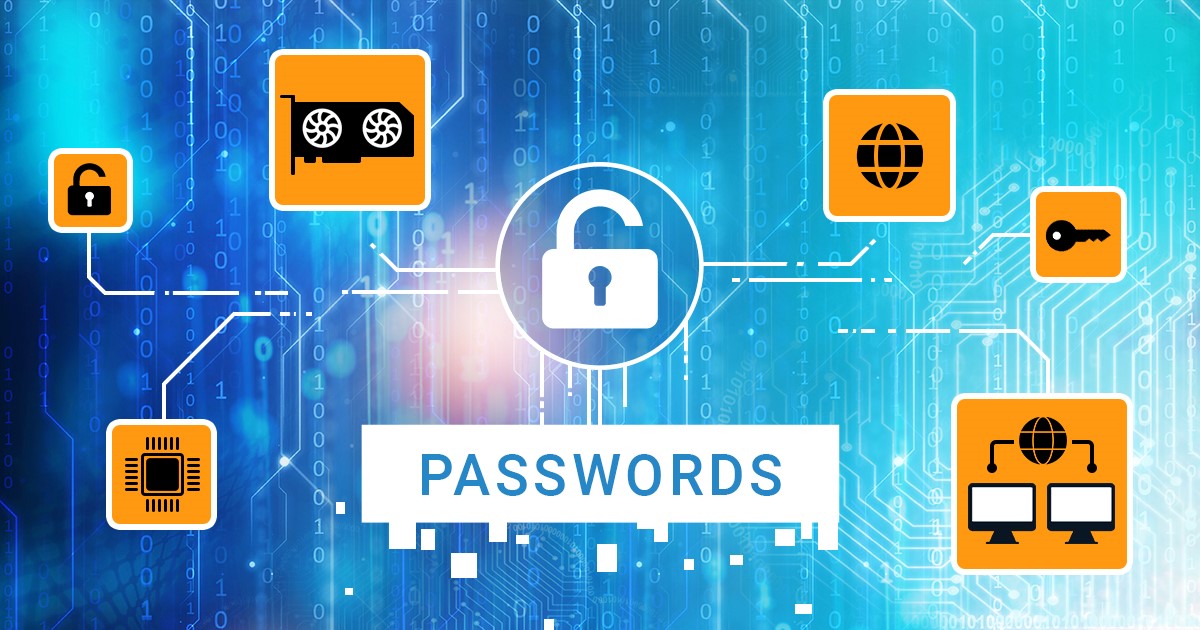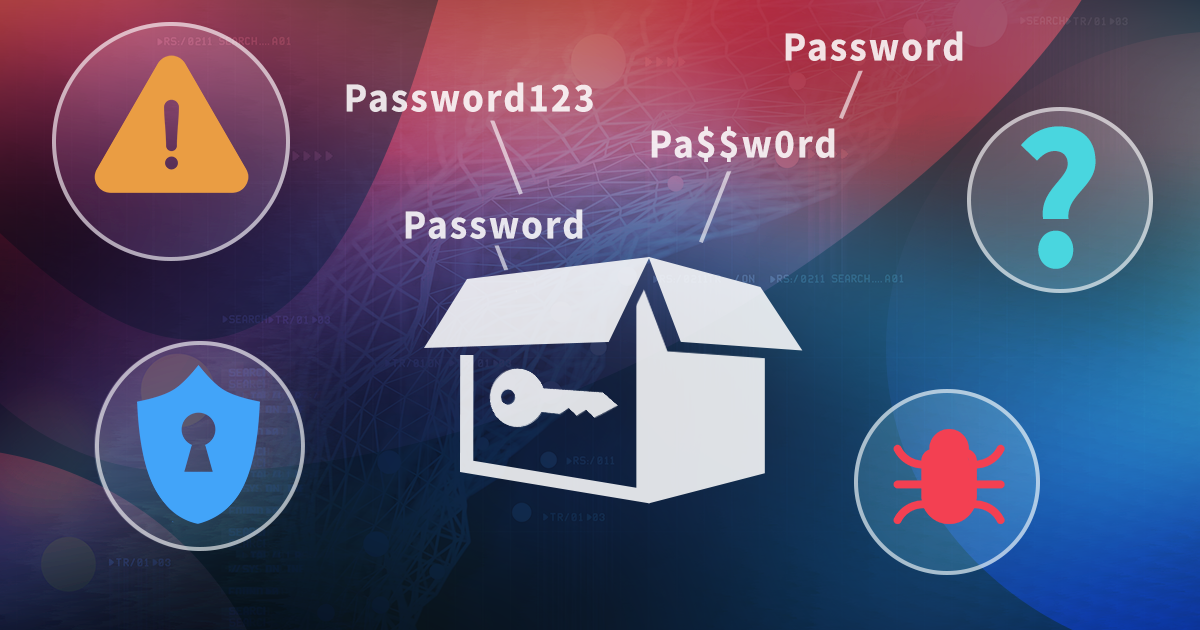As we outlined in the previous article (Effective Disk Imaging: Ports, Hubs, and Power), it’s better to connect external USB-C devices (such as adapters and especially write-blockers) to a USB-C port that complies with at least the USB 3.2 Gen2 specs (10 Gbit/s). But what if your computer only has USB-A ports, or only a USB-A port is free? Obviously, you’ll need a USB-C to USB-A cable – but you’ll need to choose the right one very carefully, and that’s not the only thing that matters.
Some time ago, we tested NVMe disk imaging performance (see When Speed Matters: Imaging Fast NVMe Drives), focusing mainly on software. This time, we turned our attention to hardware connections: which ports deliver the best results, and whether using a USB hub, active or passive, affects imaging speed and reliability.
Perfect Acquisition is the most sophisticated method for extracting data from compatible iOS devices. This method is completely forensically sound; it doesn’t modify a single bit of the filesystem. When supported, this method should always be used over alternatives. This guide outlines the entire process, from acquiring the data dump to decrypting and mounting it for analysis. Note: this guide applies to iOS Forensic Toolkit 8.80 and newer, in which the process has been made easier to use.
When an iPhone is seized and later re-examined, forensic teams sometimes find that data present in an earlier extraction are missing from a subsequent backup or filesystem image. Why exactly does that happen, what kinds of data are affected, how long do they usually live, and what can you do to preserve volatile and semi-volatile artifacts? Let’s try to find out.
Welcome to Part 5 of the Perfect Acquisition series! In case you missed the previous parts, please check them out for background information. This section provides a comprehensive guide to performing the Perfect APFS Acquisition procedure.
Forensic acquisition using Elcomsoft iOS Forensic Toolkit (EIFT) has undergone significant changes over the last few years. The earlier major branch, EIFT 7, was a carefully crafted but Windows-only script that automated the use of several bundled tools and guided the user without requiring them to know how to use each of them individually. EIFT 8 brought many new features, a more powerful interface and widespread support for new devices and host operating systems. Due to restrictions and challenges, not all features were immediately available on all platforms. There are still some minor differences in features between Windows, Linux, and macOS versions of the tool.
In iOS device forensics, the process of low-level extraction plays a crucial role in accessing essential data for analysis. Bootloader-level extraction through checkm8 has consistently been the best and most forensically sound method for devices with a bootloader vulnerability. But even though we brought the best extraction method to Linux and Windows in recent releases, support for iOS 16 on these platforms was still lacking behind. In this article we’ll talk about the complexities in iOS 16 extractions and how we worked around them in the newest release of iOS Forensic Toolkit.
Elcomsoft iOS Forensic Toolkit (EIFT) is a powerful software designed to acquire data from various Apple devices, ranging from iPhones to HomePods. However, to make the most of this tool, you’ll need more than just the software itself. In this article, we will quickly review the mandatory and optional accessories that are essential for the effective use of the product.
We are excited to announce the release of an open-source software for Raspberry Pi 4 designed to provide firewall functionality for sideloading, signing, and verifying the extraction agent that delivers robust file system imaging and keychain decryption on a wide range of Apple devices. This development aims to address the growing security challenge faced by forensic experts when sideloading the extraction agent using regular and developer Apple accounts.


